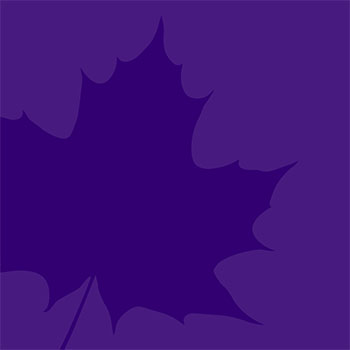There are many note taking methods you can try. One that we strongly recommend is the Cornell Method, which is described in detail on our Cornell System of Note Taking handout. Regardless of your preferred method of note taking, there are some general note taking strategies that you can incorporate into your notes to improve your learning:
1. Create an outline
- Use the tools you have available to help you outline what you will need to write before the lecture even begins. You can do this by…
- Printing off your lecture notes or lecture outline before class.
- Bringing to class a list of key terms, theories and concepts, drawn from your readings for use as a guideline.
- If your professor writes the lecture overview on the board, write it down and use it as a road-map while making notes. Doing this will help you determine what concepts are grouped together and what is important to write down
2. When you are having trouble keeping up...
- Consider bringing your laptop with you, but shut off your Wi-Fi access to reduce distractions.
- Create or participate in a study group and compare notes after class. (But remember, each of you should still take your own notes for each class.)
- Find the balance between writing down everything and not writing enough. You should have enough content that you will be able to understand your notes a few weeks later, but you do not need to try and write down everything your professor says.
3. If you're not sure what to write...
- Identify a key point and then write down a paraphrase of the content.
- Look for verbal and non-verbal cues (for more detail, refer to the Active Listening Strategies handout).
4. Keep your notes organized and concise
- Always include a lecture title, date and page numbers.
- If your notes are messy, it may be helpful to spend time revising them for clarity.
5. Use highlighters and coloured pens for different types of material, but don’t over highlight
- For example: blue for headings, red for definitions, and black for “your own words.”
6. Use visual aids
- Adding visual depictions of information to your notes can help aid your understanding. When done correctly, all visual aids are clearly labelled and can be easily described or explained to someone else. You can depict things more visually in a number of ways.
- Flowcharts: show the order in which things occur. They are often used as time lines or to depict the stages of a process.
- Graphs: help visually depict data, and can sometimes help you grasp the overall significance of numerical data with more ease.
- Mind Maps: help depict overall connections to various information. They are most useful when the overall picture or key concept is in the middle and the various aspects of that concept spread out from there. You can most often break down a chapter or theory this way.
- Venn Diagrams: are useful in helping you determine how two different items compare and contrast.
- Matrices or T-charts: provide a great structure in which you can compare and contrast. They are very useful when you are trying to determine the differences and similarities between two or more theories or concepts.
7. Use lists when possible
- Numbered or bulleted lists help group and organize information.
8. Use symbols
- Use a dollar sign to stand for money, dollars, or worth (e.g., $).
- Use arrows to represent increase/decrease, higher/lower, or gain/loss (e.g., ↓).
- Use mathematical signs to show relationships between things such as equivalency/no equivalency, leads to/doesn’t lead to, or greater/lesser than (e.g., = or ≠ or > or <).
- Use a squiggle mark to indicate approximately, similar, or about (e.g., ~).
9. Create abbreviations
- The easiest way to create an abbreviation is to remove all the vowels from a word
- Common abbreviations include ‘ing & ‘g and ‘tion & ‘n
- Stay consistent with abbreviations. Develop your own glossary if necessary.
